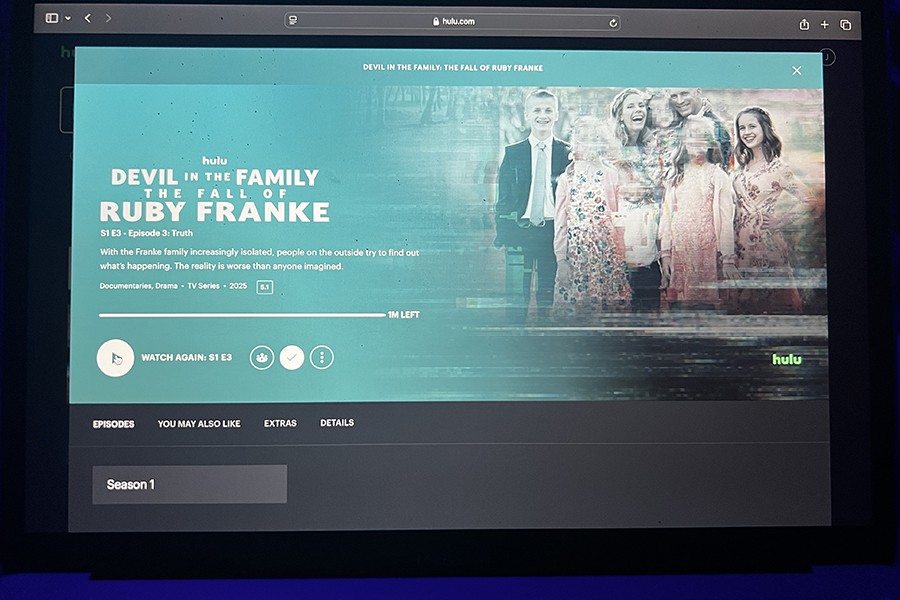It was a warm night in Odessa, Texas. The Bronchos were celebrating what was an amazing 1946 high school football season. They had won their first ever state championship and were about to hang up the title banner in their new stadium. Barrett Stadium was a skyscraper among the plains of Odessa. It stood sixty feet above the ground holding 15,000 fans as they watched the opening of the game of the 1947 season. Byron Townsend, the great Broncho running back, would score the first rushing touchdown in the stadium; the first touchdown of what would be many memorable ones that would be scored within those bleachers for many years to come.
It was a cold night in Leander, Texas. The Cedar Park Timberwolves were holding on to a small lead against their bitter rivals, the Leander Lions. They were looking for their first playoff berth since 2006 and were less than ten minutes away from knocking off the Lions and completing a great late season rally. A.C. Bible Memorial Stadium was packed, as the fans watched what would end up being an outstanding final game. Dedrick McKnight, the great Timberwolf running back, would score the final touchdown in the stadium’s history; the final touchdown of many scored in the stadiums long, sixty-nine year history.
Sixty-one years. That is what separated the first and last touchdown ever scored within a stadium that saw three names, two cities and five teams call it home.
The night of November 7, 2008 was the night of the final game ever played inside the bleachers once known as Barrett Stadium, now known as A.C. Bible Memorial Stadium or Bible for short. The Cedar Park Timberwolves and Leander Lions sent Bible out with a bang. The game was an instant classic involving big time offense, big time hits and big time defense, with the Timberwolves coming out on top 26 to 10.
The stadium was originally built for the Odessa High School Bronchos as a gift for winning the 1946 Texas High School Football Championship. It was a stadium admired by everyone in the state and was hands down one of the best facilities in Texas. The Bronchos were the only ones to use the stadium until 1960, when a new high school was built that Barrett would call home.
The new team was one that would go down in Texas high school football history: the Odessa Permian Panthers. Yes, the same Permian from the movie “Friday Night Lights.” That team quickly became a powerhouse in football. Both teams won many state titles and had their banners hung up in the stadium.
Unfortunately for Barrett, it was becoming old and with all the usage it received housing two teams, Ector County ISD felt it was time for a change. The county decided to build a brand new, state of the art, 19,000 seat stadium. It would be called Ratliff Stadium and would eventually house the 1988 Permian Panthers, the same team from “Friday Night Lights.”
With Barrett Stadium disassembled and tucked away in storage, the fast growing district in Leander decided it was time to upgrade to a full-sized stadium so it could fit more fans. LISD decided to buy the parts to Barrett Stadium and build it on the Leander High School campus. From 1985 to 1997 Lion Stadium, as it was called back then, was home to the Leander Lions, the only high school in the district. Made of wood seats, the stadium was the second biggest in Central Texas and stood taller than any other stadium. The wood seats saw their end after an accident involving a Round Rock High School student falling through the bleachers. Immediately after the accident, all wood in the stadium was removed and replaced with the same aluminum which has supported the stadium since it was installed around 1998.
It was around that time in 1998 that the Leander Lions got word that their stadium would no longer be “their” stadium alone. In 1999, their first year of varsity, the Cedar Park Timberwolves called Lion’s Stadium home. By the time they played home games there, the stadium had under undergone many changes. The stands and scoreboard were redone to have a more neutral color scheme and the stadium was renamed A.C. Bible Memorial Stadium. They also bought Astroturf which they placed over the natural grass in 2000 so they could protect the playing surface from wearing out.
A little less than ten years later, Bible Stadium had become a staple of Cedar Park football. With the win against Leander on November 7, the Timberwolves finished their stint at Bible Stadium with a record of 36 wins and 21 losses.
There were many memorable moments for the Timberwolves at Bible Stadium. 2003 was a year that saw Cedar Park win their first 5A Homecoming game and first District 14-5A in the same night as the Timberwolves shocked Georgetown. In 2004, the year the Timberwolves made it to the fourth round of the playoffs, Cedar Park knocked off Leander for the first time in an overtime thriller, and claimed the District 14-4A title in the process. After starting 6-0 in 2006, Jamie Knight caught a last second pass from Travis Watson that he took all the way for a score to complete an amazing comeback against Pflugerville, a play that is still considered one of the best in Bible Stadium history. In that same season, Cedar Park squared off against familiar foe Harker Heights in an overtime bout that resulted in the Timberwolves winning their first round playoff game.
Now, in its’ final year, Cedar Park helped send off Bible Stadium with some classic moments. First was the first and last “Battle for Cedar Park” at Bible Stadium, as the Timberwolves rocked the Vista Ridge Rangers 38-21. Then, with two wins needed, the Timberwolves found a way to close the season not only with a domination of Westwood, but a physical pummeling of Leander in Bible Stadiums final game.
The lights may have shut out for one last time that cold November night, but the memories and magic of Cedar Park football at Bible Stadium will shine forever.


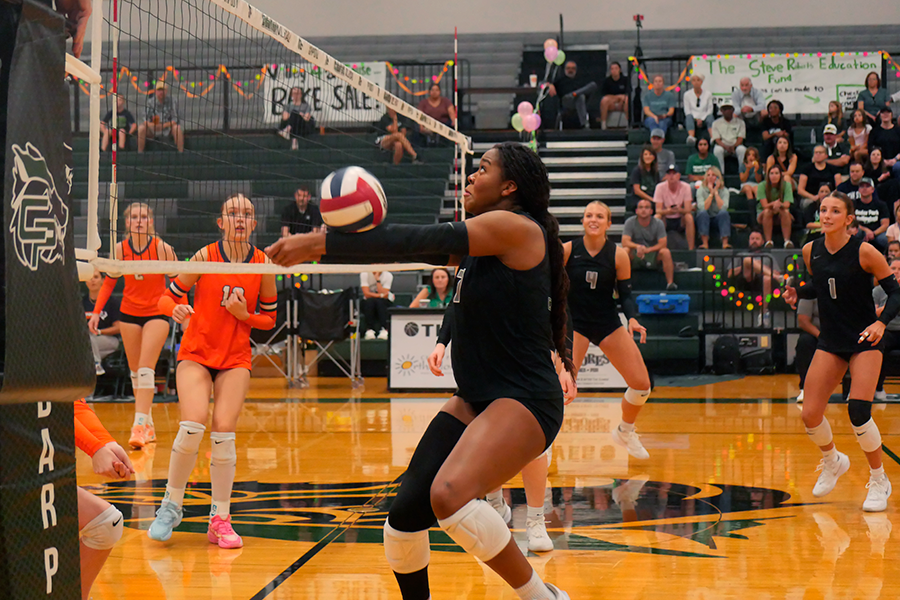
![Jumping off the ground, senior linebacker Bennett Patton snatches the ball out of the air for an interception at Thursday’s game against Chaparral. Patton had two interceptions in the 56-14 victory, tying the school record for interceptions in a game. “I was just playing the game,” Patton said. “[I’m] going to go into next week, forget about it and stay humble.” Photo by Harper Chapman](https://cphswolfpack.com/wp-content/uploads/2025/09/bennett-interception.jpg)
![The fire department came to the school after students were evacuated when smoke started coming from the ceiling of a classroom. All students and staff are safe. “All of my friends left their stuff too, so we couldn’t contact our parents, and it was stressful,” senior Brynn Fowler said. “It was scary because I didn’t know [what was going on], and I couldn’t find anyone because it was a big crowd.” Photo by Anthony Garcia](https://cphswolfpack.com/wp-content/uploads/2025/09/firetruck.jpg)
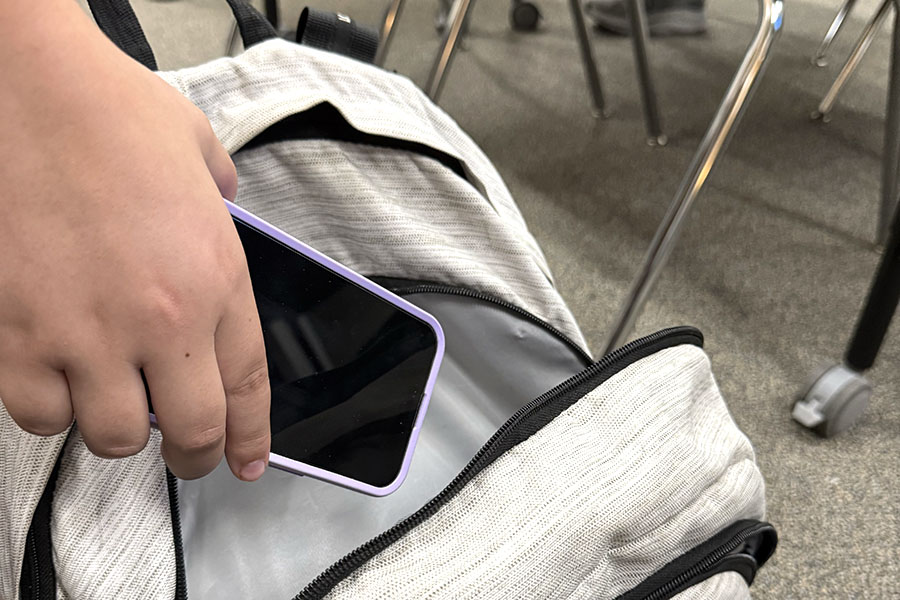
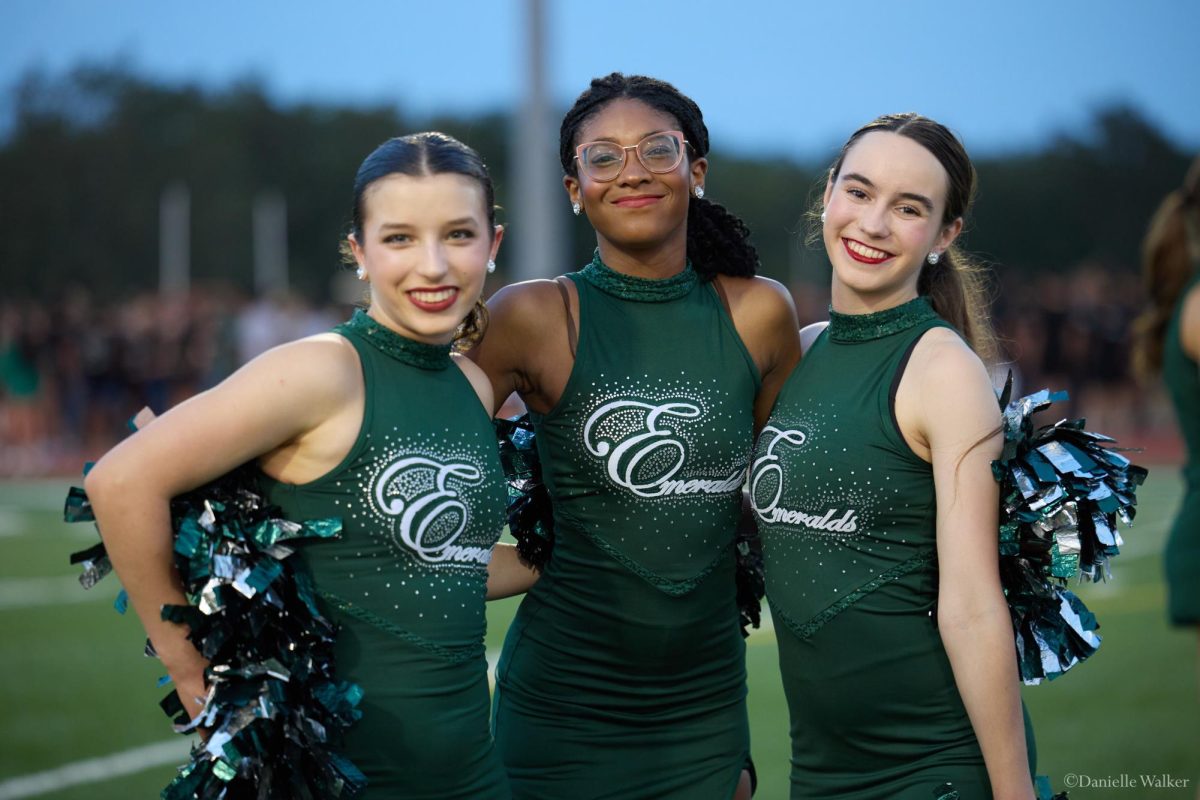
![Sitting with her friend senior Sohpia Struve at last year’s Austin City Limits Festival, senior Ava Zuniga poses for a picture under a pavilion. They are frequent attendees at ACL, an annual music festival at Zilker Park. “I would recommend seeing a bunch of people,” Zuniga said. “This past year, we camped out for Chappell [Roan] for a really long time. I think the whole point of ACL, [which] is a lot of fun, is that you can go see so many different people, even if you don’t know them. So by camping by one person, it really limits yourself from being able to go see a bunch of people.” Photo courtesy of Ava Zuniga](https://cphswolfpack.com/wp-content/uploads/2025/10/EE9E9484-FE6F-4AA0-B5F5-0C177AB32841-1200x857.jpeg)
![Broadcast, yearbook and newspaper combined for 66 Interscholastic League Press Conference awards this year. Yearbook won 43, newspaper won 14 and broadcast took home nine. “I think [the ILPC awards] are a great way to give the kids some acknowledgement for all of their hard work,” newspaper and yearbook adviser Paige Hert said. “They typically spend the year covering everyone else’s big moments, so it’s really cool for them to be celebrated so many times and in so many different ways.”](https://cphswolfpack.com/wp-content/uploads/2025/05/edited-ILPC.jpg)


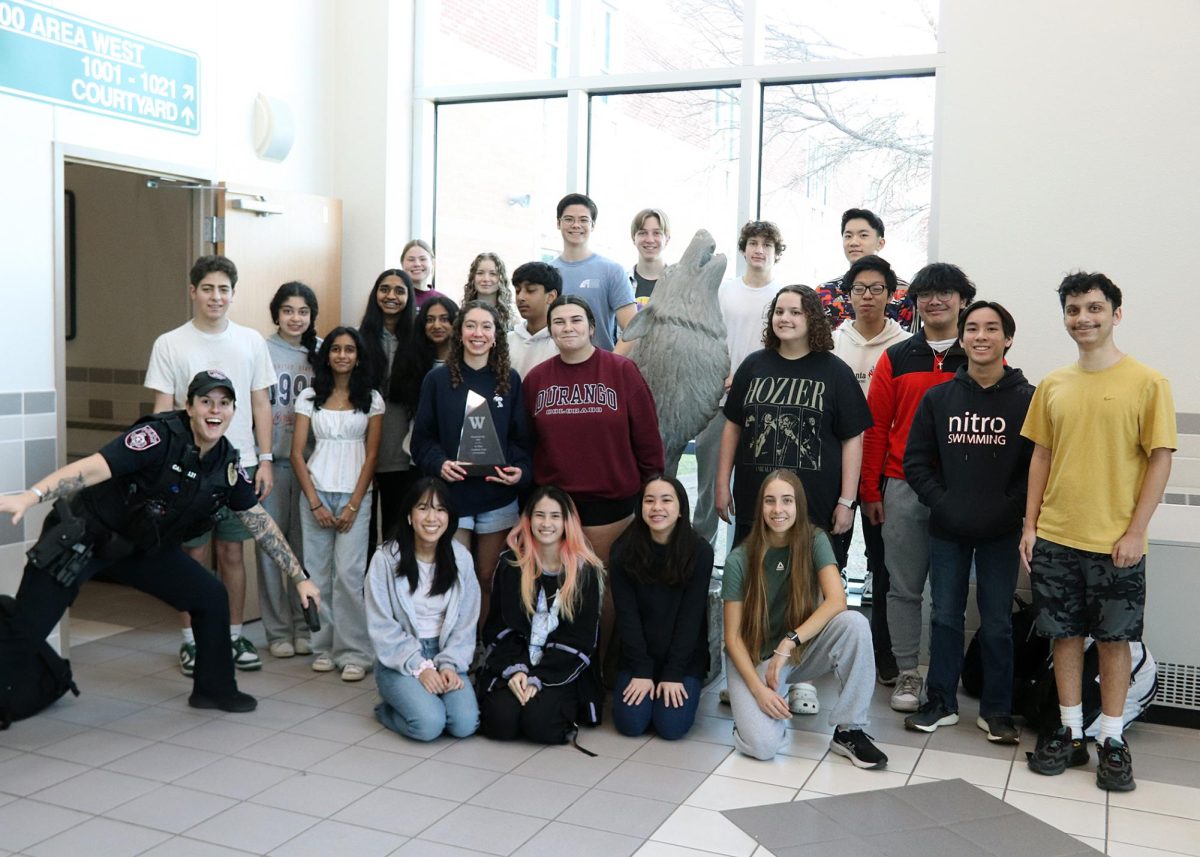

![Looking down at his racket, junior Hasun Nguyen hits the green tennis ball. Hasun has played tennis since he was 9 years old, and he is on the varsity team. "I feel like it’s not really appreciated in America as much, but [tennis] is a really competitive and mentally challenging sport,” Nguyen said. “I’m really level-headed and can keep my cool during a match, and that helps me play a bit better under pressure.” Photo by Kyra Cox](https://cphswolfpack.com/wp-content/uploads/2025/09/hasun.jpg)
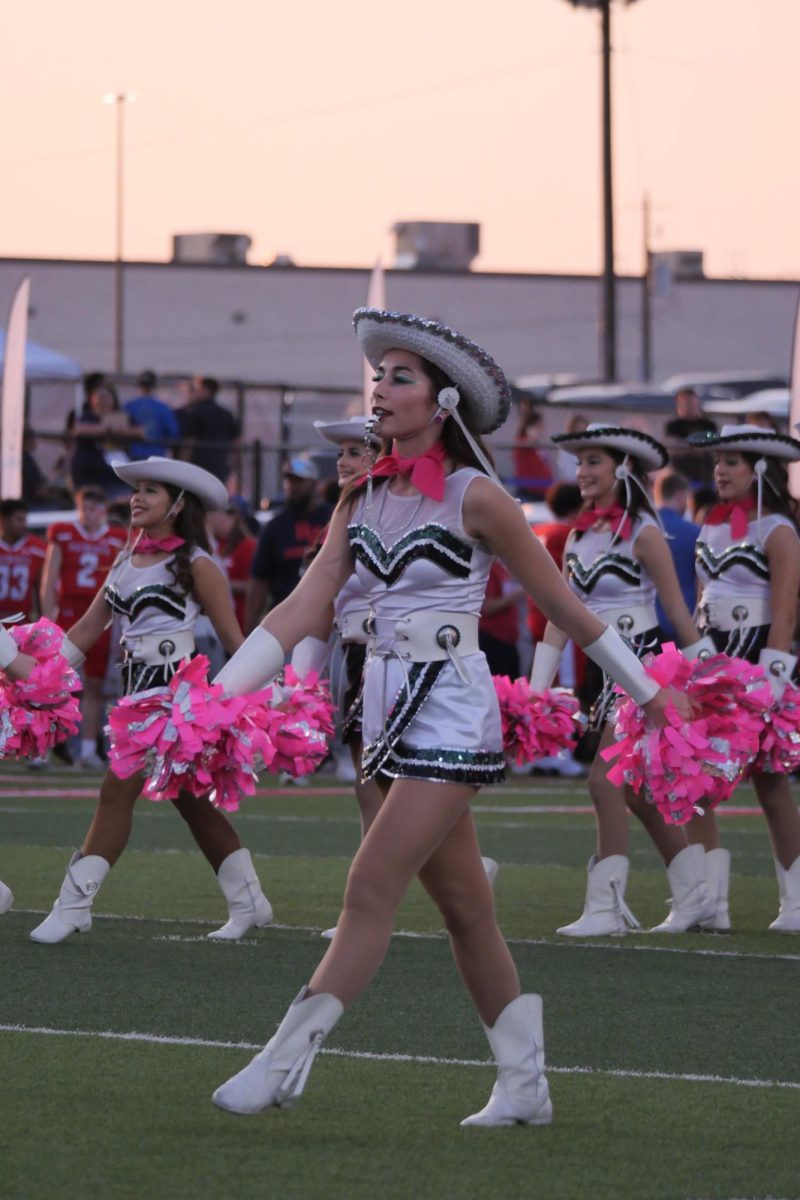

![Bringing her arm over her head and taking a quick breath, junior Lauren Lucas swims the final laps of the 500 freestyle at the regionals swimming competition on date. Lucas broke the school’s 18-year-old record for the 500 freestyle at regionals and again at state with a time of 4:58.63. “I’d had my eye on that 500 record since my freshman year, so I was really excited to see if I could get it at regionals or districts,” Lucas said. “ State is always a really fun experience and medaling for the first time was really great. It was a very very tight race, [so] I was a bit surprised [that I medaled]. [There were] a lot of fast girls at the meet in general, [and] it was like a dogfight back and forth, back and forth.” Photo by Kaydence Wilkinson](https://cphswolfpack.com/wp-content/uploads/2025/03/Kaydence-2.7-23-edit-2.jpg)
![As the support team sits and poses for a photo in the cafeteria with the counseling team they eagerly wait to start their day. "We [all] seem to be a team, I get up every day and there's days where I don't want to go to work today, but I'm thankful that I have a job and I'm blessed to have what I have," Christopherson said. Photo Courtesy of Julie Weltens.](https://cphswolfpack.com/wp-content/uploads/2025/01/AF9E8470-10D7-4C91-BF28-EC8F86BAB66C-1200x852.jpeg)
![Officer Stephanie Cash is in her second year as an SRO at CPHS. “Seeing [students] grow over the years has been kind of cool,” Officer Cash said. “Freshmen that [are] all over the place and then in the next couple of years get a little more squared away and go to class and do work and start thinking about the future. Being a part of a student's growth is the best way to measure my success as an SRO.” Photo Courtesy of Cedar Park Police Department's PIO, Alicia Gallagher.](https://cphswolfpack.com/wp-content/uploads/2024/12/CPHS-SRO-900x1200.jpg)
![As he sprints with the ball, senior running back Trae Hill breaks a tackle during Friday’s 35-14 loss against the Vandegrift Vipers. Hill ran for 135 yards and two touchdowns during the game. “[Scoring] was electric,” Hill said. “It always feels good to score, but the O-line did everything.”](https://cphswolfpack.com/wp-content/uploads/2025/09/IMG_0795allie.varfb_-1200x799.jpg)








